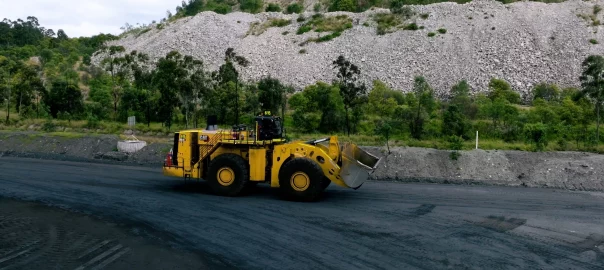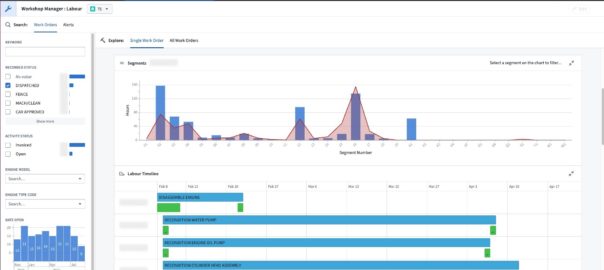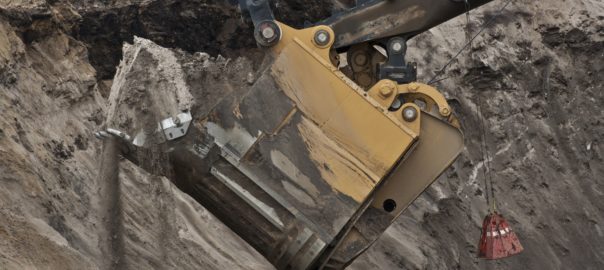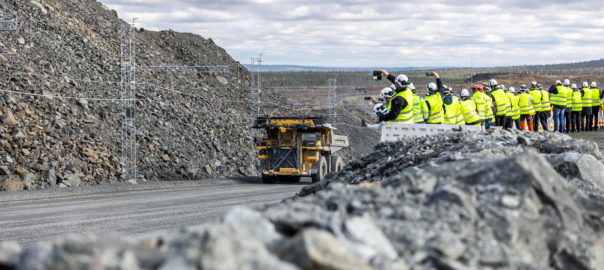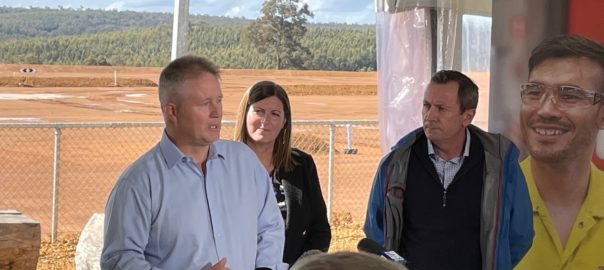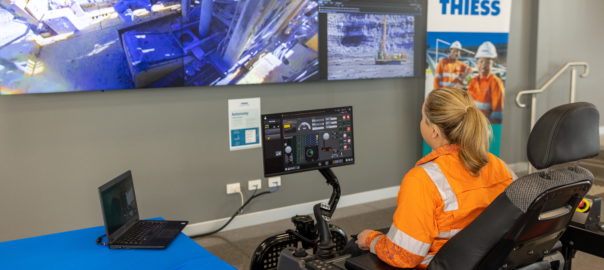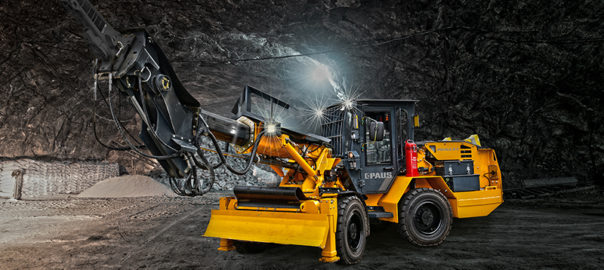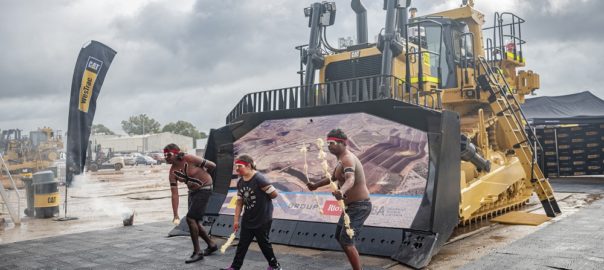Batchfire Resources says the arrival of a new Cat 994K wheel loader has brought with it a 150% improvement in material movement efficiency and reduced carbon footprint at its Callide coal mine in Queensland, Australia.
The operation recently retired its old Cat 994 after 100,000 hours of use, replacing it with a more efficient, safer, high-productivity Cat 994K.
The upgrade was made under Batchfire’s joint initiative with Hastings Deering to modernise its pre-strip mining fleet, future-proofing its operations with the latest technology.
The new 994K was customised with an oversized bucket, offering a 14 cu.m capacity, generating 150% more material movement without increasing carbon emissions, the company said.
Batchfire Resources Superintendent Mobile – Engineering and Maintenance, Daniel Boal, said: “There’s a huge difference in payload. It used to take us 10 buckets to load a Cat 789 truck on the run of mine. With the new 994K, we can do that in four.”
Batchfire has already seen a reduction in emissions, as well as a lower cost per tonne on the run of mine, despite the 994K featuring 500 horsepower (373 kW) more power than its predecessor. The unit also offers greatly improved operator comfort with its new high-cab design, air-suspended seat and lower noise emissions, the company says.
The 994K takes safety to another level at Callide, offering improved access, visibility and reducing tailpipe emissions – improving air quality and keeping the mine site safe, the company says.
Boal said the investment in new machinery ensured a more sustainable and efficient run of mine operation.
“On a ROM, what you need is a reliable loader, it’s probably one of the most critical parts of the mine,” he said. “We’ve got 500 hp more in the new 994, so we can do it quicker and more efficiently.
“This journey started in 1993. The old 994 has pretty much been in service the whole time. The way Caterpillar build things, they are made to last; they’re built for a long-term investment. It was an easy decision in the end to go for the new 994K loader.”







